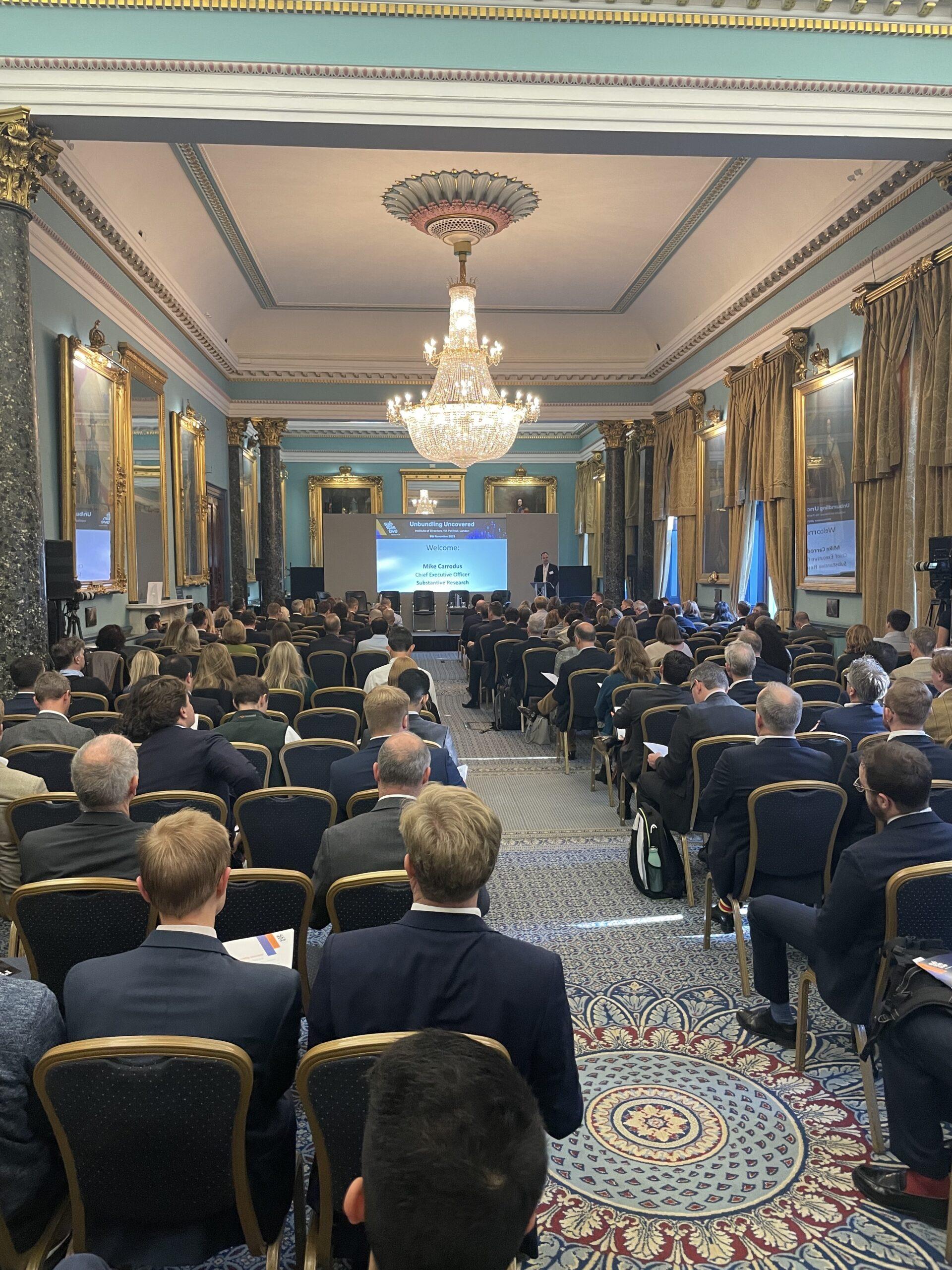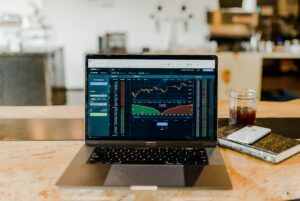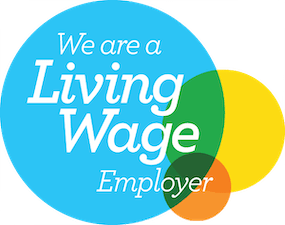Earlier this month we had the immense privilege of bringing the investment research market together once again at our annual Unbundling Uncovered conference – but this time physically as well as virtually, with 300 of you joining us at the IoD in London, and 200 of you joining us virtually from the US and Continental Europe. We want to thank our wonderful speakers for giving their time and insight, and 5 Key Takeaways came out of their comments during the day:
1) ESG regulation will drive the next stage of transformation of the research and data industries.
While research regulation changed pricing, valuation and consumption habits 2018 – 2020, 2021 onwards is all about clients and regulators driving the asset management industry to figure out how to be credible and robust in ESG, as fund managers struggle with backward looking data, a plethora of frameworks and competing guidelines, and an unclear roadmap ahead.
Having said that, there are some tweaks to research rules in the UK and Europe to be aware of, with the most significant and positive one being the likelihood that fixed income research can be bundled once again in 2022 in the UK. There is hope that the EU would follow suit at the end of 2022 for asset managers’ 2023 budgets. The IRP’s (independent research providers) desire for some guidelines to stop brokers pricing aggressively low is not on the cards for now.
In the US the unbundling debate has gone quiet given the SEC’s stance, and an extension to the no-action letter allowing European asset managers to pay hard dollar to US brokers should be extended beyond 2023. But going P&L and unbundling are two different things – the US may never go predominantly P&L, but understanding how much you are paying brokers for research is about transparency to your asset-owning clients, and this move will continue to accelerate across the States (currently circa 40% so far). Both European and American speakers agree the pressure now is on the commercial side when it comes to costs and budgets – it’s all about fees!
2) Fund Managers will be shopping for research again in 2022, but ESG means that asset owners may dictate what you have to buy.
ESG and the need for data has created the propensity for asset managers to search and discover new sources of research and data. Initially the pandemic made investment teams rely on their core relationships – interactions spiked with the bulge bracket providers. But then the acceleration of ESG asset gathering has ensured that this is the game changer in this industry and where inputs are needed now.
ESG research and data pricing is in its early days – currently you take the list price and see if a multi year commitment helps. Some asserted that the ESG data budget is not shrinking the traditional research budget, but others underlined that if you want to grow inside the research budget the ESG offering needs to be credible. In Europe it’s predominantly a hard dollar approach, so everything is competing for budget with the same cost pressures.
IRPs stated that their independent status aligns with a good governance process on the buy side. But ESG also ensures that processes to onboard new providers may become even more cumbersome – these need to streamline if portfolio managers can get access to new differentiated providers.
There was a clear feeling that increasingly the asset owners will drive much of the new investment that needs to be made by asset managers in research and data. So if you want to be rewarded as a provider it would be prudent to align with the areas where prospective clients have no option but to allocate budget for the long term.
3) The way asset managers reward research continues to evolve and the research budget has changed in market share and focus as a result.
As in previous years – it was underlined that the buy side doesn’t give the sell side much transparency when it comes to what they find most useful per provider. One speaker said that the transparency discussion was currently a qualified failure between the two sides. Some on the buy side countered that fund managers’ should not spend time analysing analysts (!) and that the sell side should be able to join the dots, whilst others highlighted how much they do already to share insight on where they’ve found value from providers.
In the pandemic increased interactions were often not accompanied by increased payments – the debate on whether a virtual engagement is worth less than a physical one still exists, with some buy side paying the same and some paying less for virtual. However, all had a qualitative element to payments that meant value should be recognised overall. One vendor asserted that 2022 and 2023 would show a real bifurcation of in-person versus virtual valuations. Other speakers agreed that these virtual trends will retain a significant percentage of overall interactions.
The vote process is evolving, and voting for specific analysts is a growing factor which could help this transparency debate. But the buy side will want comfort levels that if they did provide detail that it wouldn’t create another mountain of questions and objections. Going forward, the research procurement function at the large asset managers will be increasingly driven by data – regardless of how you fund research you need to maximise value.
Another example of the evolving budget is the fact that expert networks (ENs) have taken a significant and growing position within long only research budgets. As more buy side firms look to begin or increase their EN usage the factors they should look for in their providers should be quality of expert, speed of delivery, cost and also administrative hassle. If these new consumers ensure they ask the questions that give them differentiated, proprietary insights, they will find value that should drive further penetration for ENs in future. Speed was underlined as a key driver – clients want answers quickly which will complement their existing research process. Transcript libraries have also gained traction for the same reason, particularly since the pandemic as there was time available to consume content more thoroughly.
Given how hot this market is it is no surprise that there is aggregation, M&A, fund-raising and technological innovation happening at pace. However, what doesn’t seem to be changing is the need for account managers that understand their clients.
4) In ESG research and data the devil is in the detail.
ESG data budgets are going up 20% a year and accelerating to $1bn this year, and that is probably an underestimate. There will be an increasing need to make sense of all this data, and so there are analytics firms providing data and scores, and some providers concentrating on a thematic, forward looking approach to interpretation. Others are partnering with data providers to provide a layer of fundamental research to the process that is specific to companies and sectors.
The three drivers of this buy side focus on ESG data and research are regulation, alpha generation and client demands, and the last driver is the one that matters most right now. But the longer ESG and fundamental research exist in separate silos, the bigger the risks can be in overstating ESG credentials. Research, data valuation and budgeting processes need to evolve in order to address these risks effectively, and if you are in retail fund markets then that matters now.
The reason that research matters is because often the common labels are failing – for example if a fossil fuel stock is making significant changes that are part of a clear ESG transition they may be categorised in a way that prevents investment, and that may not match underlying clients’ needs.
Ratings and data have driven spend in ESG so far, but a new stage is coming. Investment consulting firms are starting to come in and ask for explanations of why assets are being graded one way or another, so an overlay is required to these naked scores. Fragmentation of standards and regulations means the safest place to be is somewhere you feel confident about what you hold and why. ESG assessment should not be separate, and should not be divorced from the fundamental assessment of companies. And growth in spend will need to be significant in absolute terms – growing your ESG budget 100% from $30k to $60k is not going to cover it!
5) The Supply of research is changing in every way possible.
Juniorization in the research market is a real thing, with 7,500 years of experience lost since 2018 and headcount numbers often dramatically reduced. If this is here to stay, then technology and data needs to empower the existing analyst teams with better tools in order to continue to add significant value. Some IRPs are incorporating real time data in their top down research and more generally the use of experts. The technology for asset managers to extract what they need from these varied inputs efficiently is now at a more mature stage of development.
Brokers are also dealing with the changing face of their client base – proportionally less money recently has been focused on stock-picking, and more and more passively and quantitatively, or long/short, or sector strategies, or through derivatives etc. Add to that a proliferation of new fund launches as we emerge from COVID and the market is going to need more salespeople covering an increasingly diverse small to medium size segment of the market.
Analysts, on the other hand have benefited greatly from lockdowns providing them the opportunity to concentrate on the quality of their research as opposed to marketing, and many hope that a high proportion of virtual engagements can allow that to continue. However if you’d just changed firms pre-lockdown you would have seen how much harder it is to get up and running with the client base, drive interactions etc. from a Zoom call.
On the access side of things, as we emerge from lockdowns non-deal roadshows and IPOs will stay virtual. Conferences will come back, with a higher bar for “must-attend” status with corporates especially making tough decisions about travel when they spend their carbon budgets.
Finally, research providers are moving fast to integrate video and written content. The pandemic has created a higher propensity for PMs to search across all formats for the information – when it works well it will drive value and ensure providers are rewarded, especially when that chain of content needs to end up with that traditional yet still very valid and valuable one to one meeting!
None of this means the salesperson becomes less important, in fact all speakers asserted that they are crucial in this next dynamic stage, to be able to explain, curate and highlight across platforms, topics and assets. Within these themes of ESG, managing analyst costs in a tough market, the proliferation of research delivery formats, the evolution of client strategies etc. the one enduring factor seems to be that this market still needs great salespeople, who need to be identified and rewarded by both the client base and their own firms!








